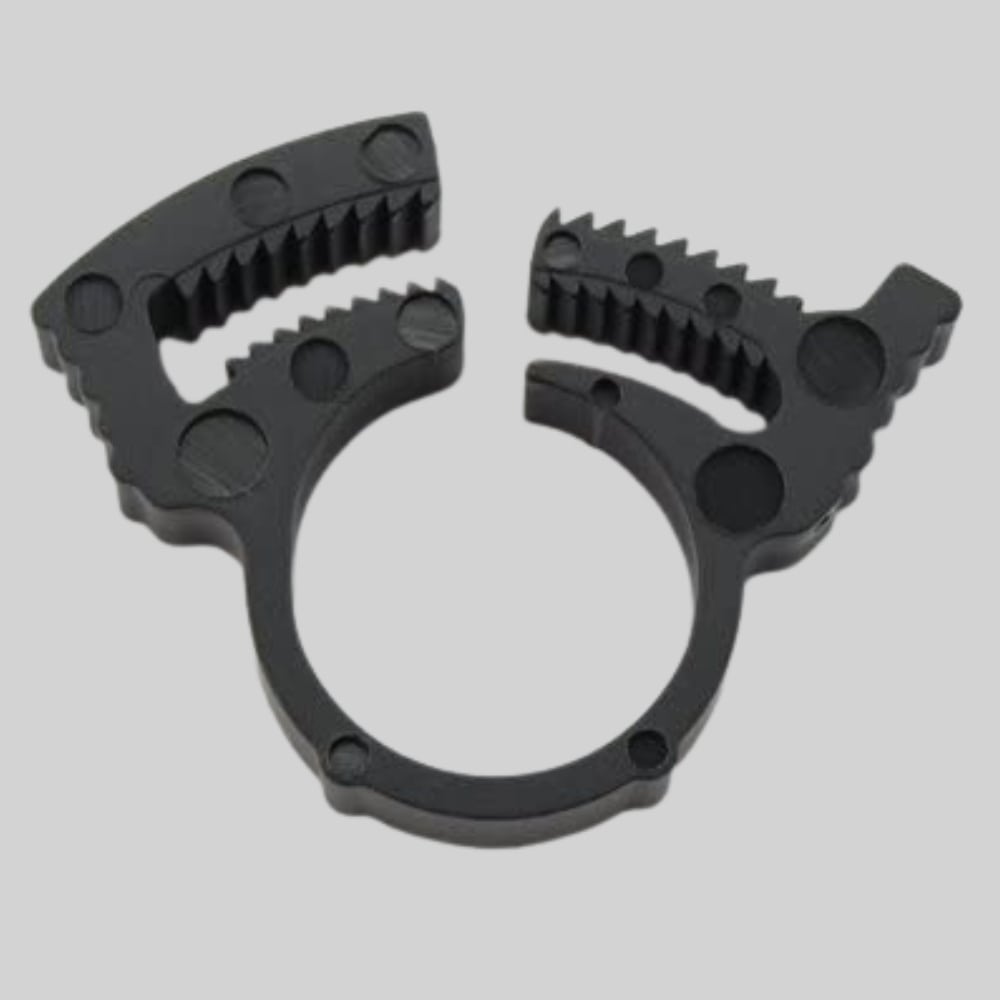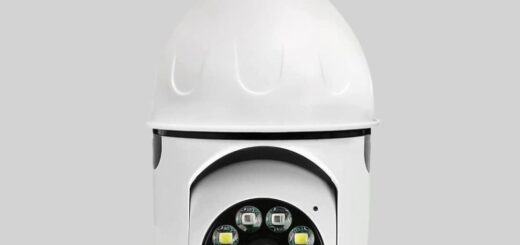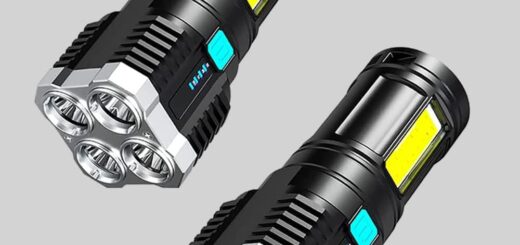Nylon Hose Clamps

Introduction
Nylon Hose Clamps: – There’s a hose clamp for everything: plumbing, fixing vehicles, making, drifting, and so on. Hose clasps come in various sizes, grades, and materials. Contingent upon your project, it very well may be daunting to choose what to utilize.
What are Hose Clamps Used for?
Hose braces are designed to secure a hose over a fitting, for example, a nozzle or barb, going about as a seal to prevent fluid from leaking at the connection. They’re utilized in the plumbing and automotive ventures but at the same time are utilized in different applications and to forestall leaks during the transport of liquids, synthetic compounds, and gases.
Different Types of Hose Clamps
There are three main hose-clamp types:-
1. Plastic Hose Clamps
The ratcheting teeth interlock to provide strength and security. These can be installed quickly by hand and squeezed with pliers to tighten the grasp.
2. T-bolt Hose Clamps
They are designed to provide a secure, impermeable seal on applications with larger diameters, where high vibration happens. The clamp’s bolt is embedded through the hole in the hose clamp body.
3. Worm-drive Hose Clamps
These hi-torque worm clasps are the style implied while alluding to jubilee clips. They highlight a helical-threaded screw, or worm gear, which is housed in the clamp.
What is a Nylon Hose Clamp?
Nylon Hose clamps provide a safe grip on liquid, gas, or vacuum lines or tubes. They are the ideal fastener for modern industrial projects that need a leak-proof lock. Nylon Hose clamps have a covering ring of nylon that is fastened around the hose or tubing and got to the expected snugness by compressing interacting groves in a ratcheting fashion, making a tight sealing application.
They are not difficult to eliminate and reuse by just separating the clamping halves in an opposite direction at the seal. They are available in natural or dark, Nylon Hose Clasps are made of exceptionally durable and crack resistant Nylon. They are safe and secure for use in outside or indoor applications.
How to Install a Nylon Hose Clamp?
A torque wrench is the best tool for installing a nylon hose clip, however, a screwdriver will work as well. You can utilize the popular worm-drive hose clamp as well. You can follow the steps for how to tighten a nylon hose clamp:-
- You need to Loosen the hose clamp by turning the clamp’s screw counterclockwise.
- You need to attach it to the edge of the hose with the screw head in the direction needed to make contact with the tool you’re utilizing.
- You can place the edge of the hose around the fitting.
- Turn the screwdriver or torque wrench concentrically to tighten the clamp to secure the hose in place.
- You should be mindful so as not to over-tighten, which will only damage the threaded part of the clamp and lead to the clamp falling.
- The two halves of the clamp are then tightened against one another, and very much like that, you’re finished.
What is a Nylon Hose Clamp Removal Tool?
The nylon Hose clamp removal tool is a need for emergencies. Designed to eliminate clamps around your driveline, it can likewise be utilized for different ventures like plumbing in the field. Allowing you to get back out and about or work sooner, this tool makes certain to turn into a staple in your tool kit.
The nylon hose clamp tool can eliminate the hose clamps effortlessly. It is made of sturdy construction to deal with the hardest and toughest hose clamps that you track down on a store-to-store basis. You get a simple time with this piece when you are dealing with a difficult hose clamp.
Benefits of a Nylon Hose Clamps
- Nylon hose clamp has high strength, great sturdiness, and high tensile and compressive strength. Tensile strength is higher than metal, and compressive strength is close to the metal.
- The tensile strength is close to yielding strength, which is over two times that of ABS.
- It has areas of strength to absorb shock and stress vibration. The impact strength is a lot higher than that of general plastics.
- The fatigue resistance of the nylon hose clamp is outstanding, and the product can maintain the original mechanical strength after repeated bending.
- Nylon hose clamp has a high softening point and heat resistance.
- The surface of the nylon tube is smooth, the friction coefficient is small, corrosion resistant, resistant to alkali and most salt solutions, yet additionally weak acids, aromatic compounds, and general solvents, inert to aromatic compounds, yet not strong acids and oxidants.
- It can endure the erosion of gasoline, oil, fat, and weak pimple and has a good anti-aging ability.
- Nylon hose clamp is self-extinguishing, non-poisonous, weather resistant, and has great antibacterial and anti-mold capabilities.
- Nylon hose clamp has excellent electrical properties. Good electrical insulation, nylon has high volume resistance and high breakdown voltage resistance, can be utilized as power frequency insulation material in a dry climates, and has good electrical insulation even in high humidity.
- Nylon hose clamps are light in weight, simple to dye, and easy to form.
- They are also easy to fill, a high solidification point after filling, so short molding cycle and high production proficiency.
How to Remove Nylon Hose Clamps?
Specifically, let’s look at how to remove spring hose clamps, which is another name for t-bolts, which have both a drive and a bolt head.
- Loosen the bolt with a level head screwdriver or an socket wrench.
- Turn the bolt counterclockwise until it’s free, then pull it off the hose.
Conclusion
Contingent upon what your project involves, the grade of the nylon hose clasp is critical. Corrosion is plumbing’s adversary. Luckily, all stainless steel grades offer corrosion resistance as they contain chromium. Yet, for marine projects, chemical substances might be required in the event that there are elevated degrees of salt or chloride. Welding could become possibly the most important factor assuming you want to connect a nylon hose clamp to a part. The grade is significant, as a grade’s chemical makeup can impact weldability.






























































